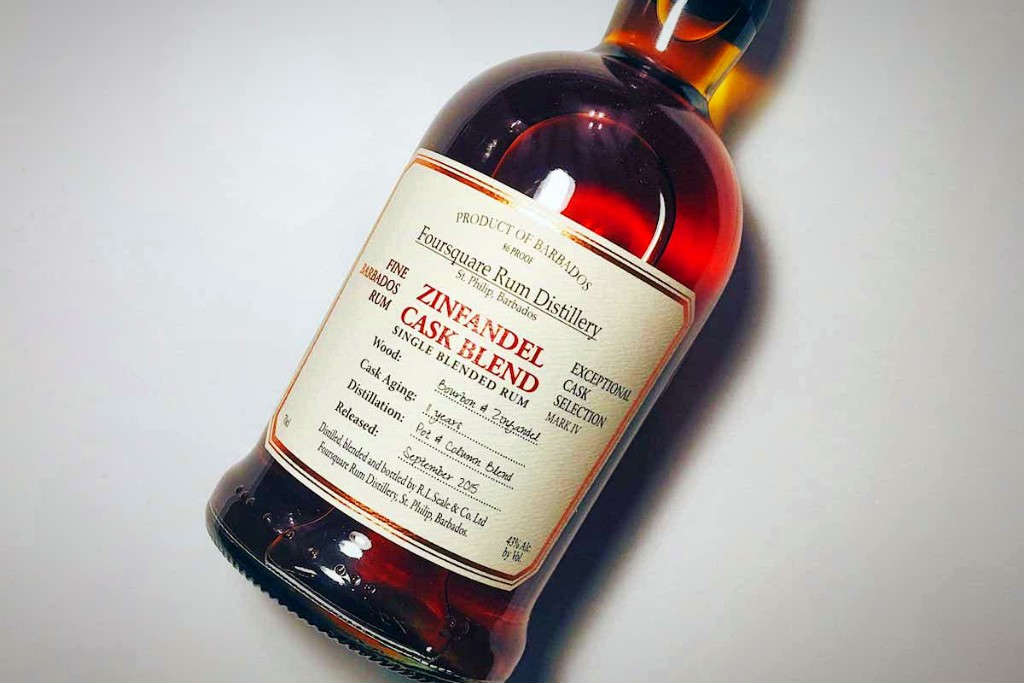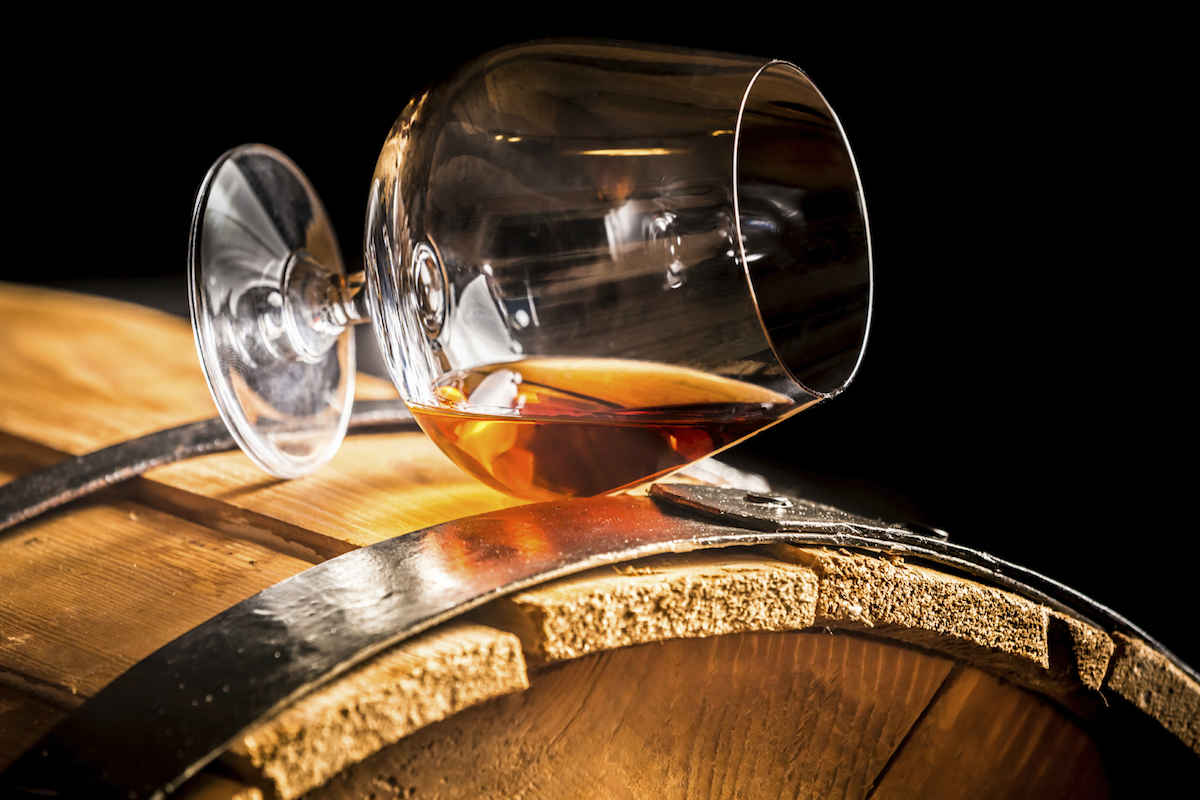The recent energy around premium rums has been great for enthusiasts. Cane spirit lovers have increasingly better access to bespoke expressions, many at cask strength, which means it’s a great time to be a rum collector. Many brands have scrambled to tap into this enthusiasm, releasing limited offerings to attract the wallets of rum geeks. It’s not just the smaller brands doing this, either. Large brands such as Mount Gay, Havana Club, Appleton Estate, and El Dorado all have loftily-priced special expressions on the current market.
There are many directions a brand can take when looking to make something unique. Some create special long-aged blends like Appleton’s Joy, which is aged for 25 years. Others highlight rum from a particular still, e.g. Diplomatico’s Distillery Collection or Mount Gay’s Origin series. But the mostly commonly tread path that brands take is “cask finishing,” in which mainstream rums are further aged in a special cask.
What Exactly Is a Cask Finish?
“Cask finish” refers to a spirit that’s first aged normally, and then aged for an additional period of time in a different, select type of cask. Most rums are initially aged in previously used bourbon casks, so just about any other type of cask qualifies for finishing. But while your favorite rum spending the final six months of its maturity in a port cask might make your mouth water, you should understand exactly what you’re getting before handing over your hard-earned money.
Casks that once held sherry wine are a popular choice for finishing rum. However, there are many more options under the sun. Ex-cognac casks, for example, are also quite popular. In fact, secondary aging in ex-cognac casks is the foundation of Plantation Rum’s model. Martinique’s Rhum J.M took their French heritage to heart with a three-bottle series aged in cognac, armagnac, and calvados casks. Naturally, rums aged in peated scotch whisky casks are also a thing—Havana Club and Mount Gay being two brands to have dabbled with that smoke.
Guyana’s El Dorado rums recently took things to an extreme, releasing their mainstay 12-year and 15-year expressions with an additional year in white port, ruby port, sweet Madeira, dry Madeira, red wine, or sauternes casks. Dictador Rum’s “Two Masters” series hews similar lines.
Is Cask Finishing Worth the Price?

Ron Abuelo’s “Finish Collection” includes a trio of rums aged for 15 years in American oak before a short finish in cognac, oloroso sherry, and tawny port casks.
Suffice it to say, there are plenty of cask-finished releases. The key is evaluating whether the rum is the real deal or an overpriced gimmick.
Traditional aging is about rum spending an extended period of time evaporating water and/or alcohol, while forming new flavor compounds as the alcohol and acids of new-make spirit mingle with decomposing wood fibers. Aging is a symphony of organic chemistry processes. If you only remember one thing, let it be this: Proper aging isn’t about making the rum taste like wood. Otherwise, everybody would dump bags of sawdust into rum vats and fine strain it a few days later.
Yes, bourbon gets a lot of its flavor from the wood barrel it’s aged in. That’s because the high proof whiskey extracts vanilla and caramel notes from the freshly-charred wood; in fact, U.S. law requires bourbon to be aged in new oak. But many aged spirits (including rums) are matured in used bourbon casks in which the majority of wood flavors have already been extracted. A great cellar master might prefer heavily used casks that are nearly neutral, while others might prefer less used casks that have more flavor to give. Either way, aging a spirit changes the barrel as well as the liquid, and flavors develop in casks beyond those extracted from new wood. A smart cellar master can use that to their benefit.
A little-known truth about cask aging is that a surprisingly large amount of the liquid soaks into the wood and remains after the cask is emptied. In subsequent uses, some of the earlier spirit in the wood blends with the new contents. However, some casks are quite “wet” when refilled; their prior contents, like sherry, may not have been thoroughly rinsed out. Heck, some producers even leave a few liters of the original contents sloshing around. If the end result tastes great, who’s complaining? But still, as the consumer, you might want to know that.
Proper aging isn’t about making the rum taste like wood.
Now, think about a ruby port cask finished rum. If you can easily identify ruby port notes in the rum, it probably tastes lovely. But you could probably skip the cask finishing and simply put a few drops of ruby port into the bottle, let it marry for a few weeks, and get a similar result. The same goes for a rum aged in a peated scotch cask; just add a few drops of Lagavulin 16 or Ardbeg 10 to your rum bottle, and those peaty notes should be easy to spot. So with that in mind, are these cask finished rums worth the premium price? Or are they just a way to “dope” a spirit with some other flavor and give it a fancy name?
Richard Seale Weighs In

Foursquare’s Zinfandel Cask Blend is aged for five years in ex-bourbon barrels and then moved to an ex-zinfandel cask for six more years.
I asked Foursquare’s Richard Seale about this, as he’s an outspoken opponent of most cask finished rums. He clearly delineates flavors from wet casks versus flavors of real maturation: “If you put your spirit in a wet cask, you get that adulteration effect two days after you filled the cask. You don’t have to wait. The six months that you’re waiting is just a formality.”
This isn’t to say that Seale is opposed to anything other than ex-bourbon casks when aging rum. In his Foursquare Exceptional Cask range, he’s released expressions aged in sherry, port, and zinfandel casks (pictured above). The critical difference: Seale cleans the casks thoroughly, and his rums spend several years maturing in them.
“I buy wine casks and steam them because we don’t want the wine. We want wine-seasoned wood, where some of the undesirable components have already been removed,” he says. “What we’re really after is good casks. The mission isn’t to put our rum in these wine casks for six months. I intend to use those casks for a very long time.”
The point of the above isn’t to say that all cask finished rums are trying to slip one by you. The point is, as a more informed consumer, you owe it to yourself to sample a brand’s products and evaluate their claims. Only you can decide for yourself whether it’s a cash grab or an honest attempt at making something special.



